Baby steps towards the digital age for film SLRs.

The Fujica ST901 was the third in a trio of cameras that inched the M42 screw mount towards its limitations and pointed the way to the future. Both of its predecessors, the ST701 and ST801 were landmark cameras in their own right. The ST701 was the first camera to use silicon photo diodes for metering. The ST801 was the first camera to replace the centre the needle viewfinder display with LEDs. The ST901 kicked that on a tiny bit further.
Why is the Fujica ST901 a Landmark Camera?
1: World’s first SLR to use a numerical LED display in the viewfinder.
The User Experience
The Look
Some cameras look great in black. This is one of them. I have no doubt that when Fujifilm were developing their XT line of mirrorless cameras, they drew inspiration from their past cameras. If I could visually compare it to a modern Fujifilm camera, it would be the XT-10 and XT-20, with a slightly boxy appearance from the front.
The visual appeal of this camera is enhanced by the etched white lettering on the front, which I find much more pleasant to look at than the raised, shiny lettering and unfortunate font of some other ST models. Auto Electro is also a cool name, and the LED logo in a style typical of its day has aged well.
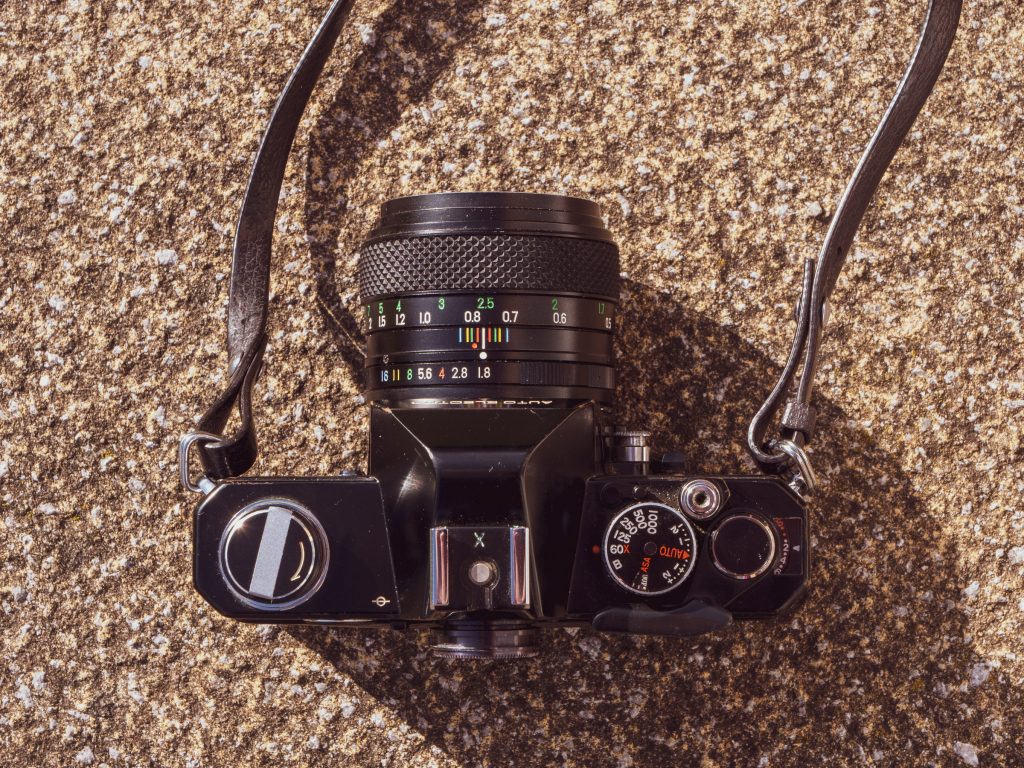
On the top, the thin silver line around the circumference of the film rewind and mode/shutter speed dials add a lovely splash of contrast to the black. The orangey red dots of colour on the mode/shutter speed finish things off.
The Feel
The ST line were following the trend of reducing the size of SLRs. It isn’t OM1 small, but having used a number of mid sixties SLRs lately, you can definitely feel the direction of travel in the palm of your hand. And in the hand it feels like the quality, top of the range camera it was built to be. It is solid, but not heavy.
There are flagship features such as an eyepiece shutter, a pivoted film advance lever (never seen one of those before) and the shutter release, depth of field preview button and mode dial all have locks. The viewfinder eyepiece also takes screw-in dioptre lenses. The leatherette feels thick and soft to touch.
I am pleased to say that this camera is not one of those electronic models rendered completely useless without a battery.
In Use
I am pleased to say that this camera is not one of those electronic models rendered completely useless without a battery. Without power, the camera will offer you a short range of five mechanical shutter speeds from 1/60th up to 1/1000th second. I find that adequate for most black and white exposures. You will need some other way of metering, as this is battery dependent, or you could use the sunny 16 rule.
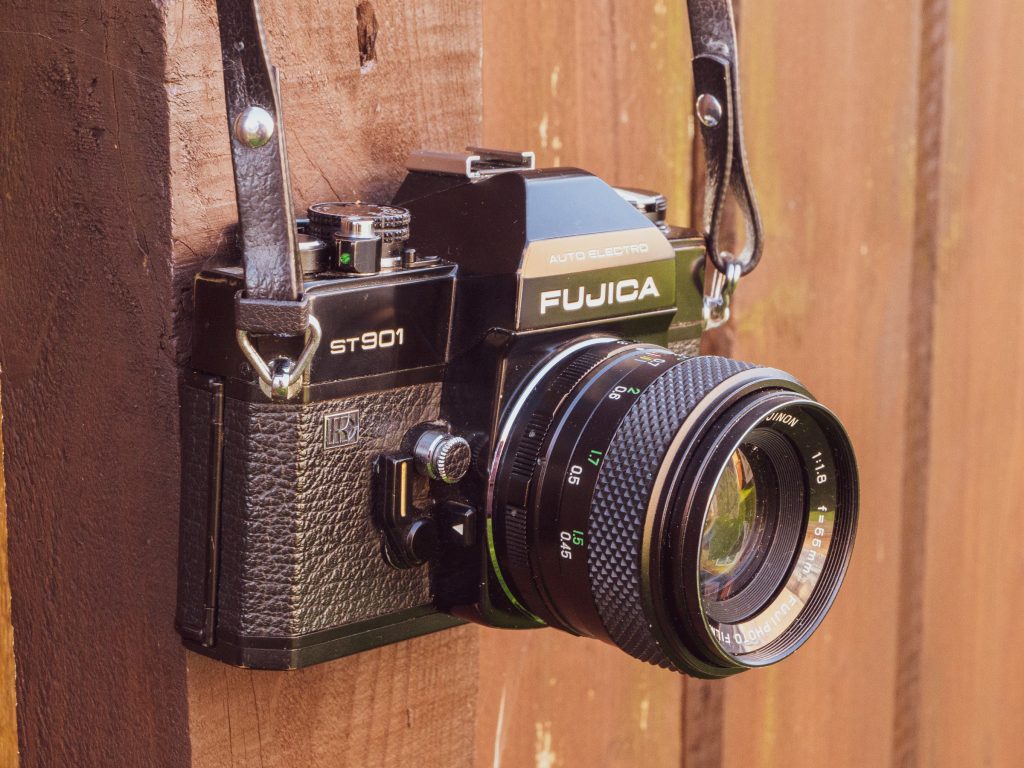
The battery is still available
Pop in a 4LR44 battery to the rear positioned battery chamber and the camera’s shutter speed range becomes stepless between 1/1000th to 20 seconds. You also now get aperture priority mode when you set the shutter dial to Auto. Moreover, with a Fujinon EBC (electron beam coating) lens attached you can take advantage of a world first; the ability to see the computer selected shutter speed in the viewfinder. Well, kind of!

The digital readout
When you half press the shutter release to engage metering, you see digital numbers appear in what looks like a miniature rear view mirror. The shutter speed given in the viewfinder is an approximation. What you get is a whole number in the left most LED cell and small noughts in the rest. e.g 1/125th sec will read as 1oo. 1/375th will read as 4oo. The question is, does 50 round up or down?
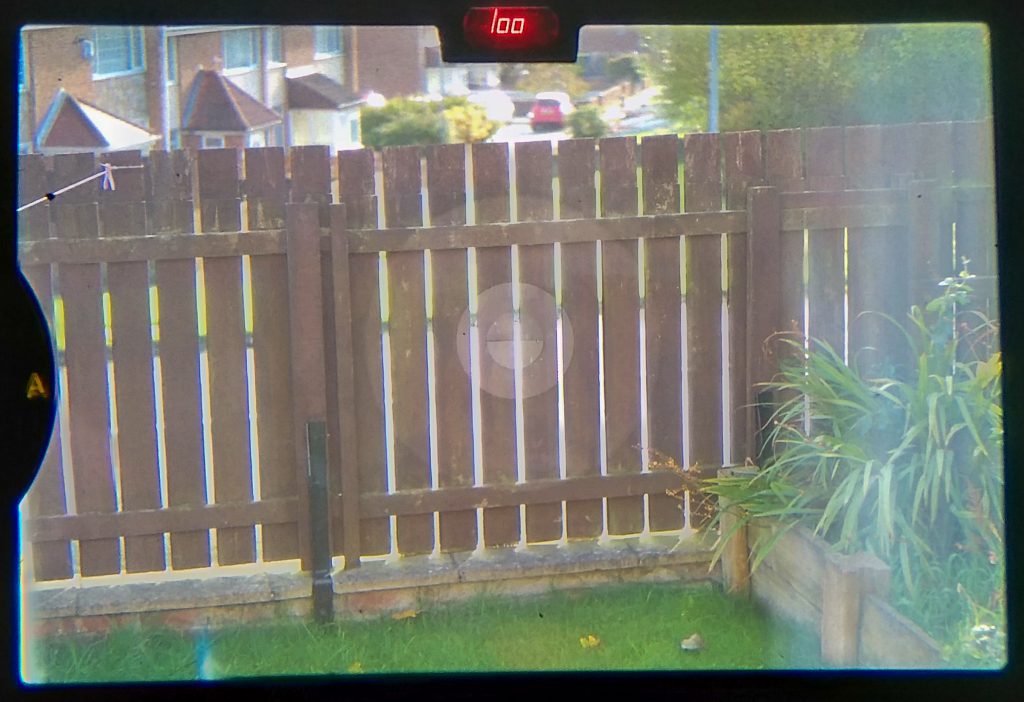
The EBC Fujinon 55mm f/1.8 lens I have attached to this camera is among the very best standard primes I have used. It is deliciously sharp. These lenses ‘communicate’ with the camera body, ensuring accurate exposure. They have a locking pin, essential to ensure the lens and body align precisely to allow correct exposure to be calculated.
It is basically a proprietary M42 screw mount lens that isn’t compatible with many other M42 camera makes. The camera body will accept though just about any M42 lens you care to mount on it. I have used Takumars with this camera with success, but you won’t get the fancy shutter readout. This may not be such a great loss considering its approximation when displaying shutter speed.
Photographs taken with the Fujica ST901
The following images were made in Hartlepool with an Asahi Super-Takumar 55mm f/1.8. Film used was Rollei RPX100 developed in XTOL.
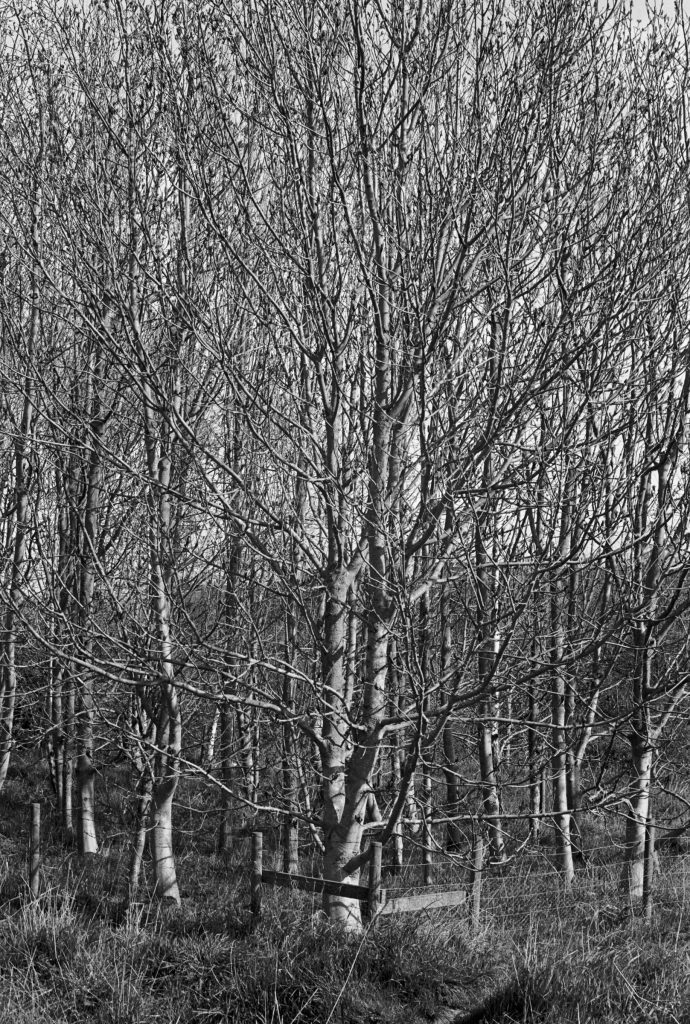
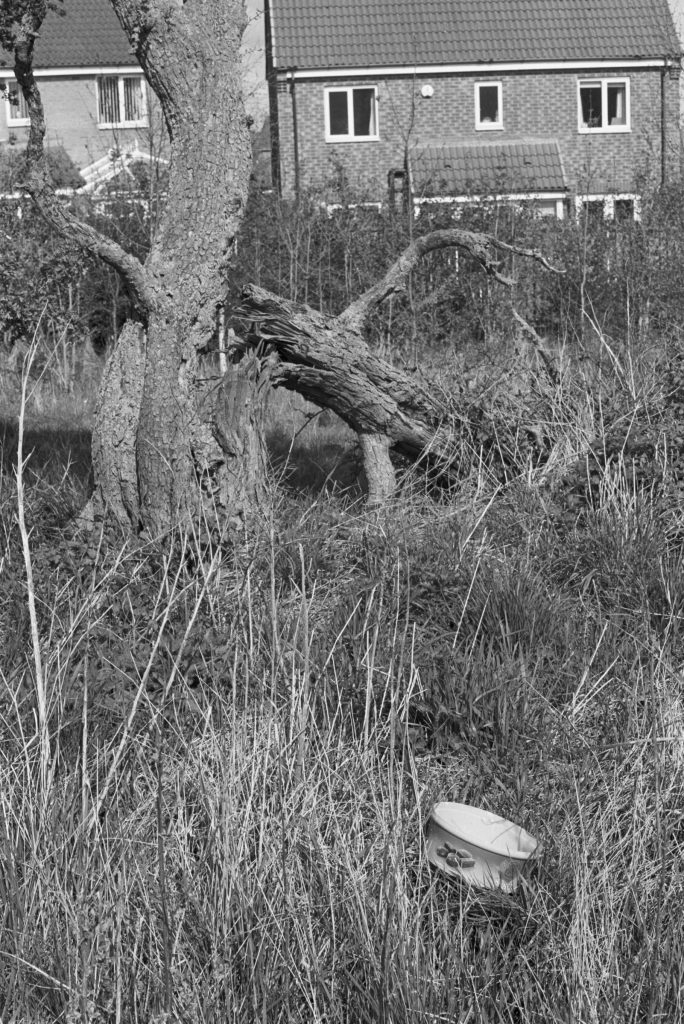
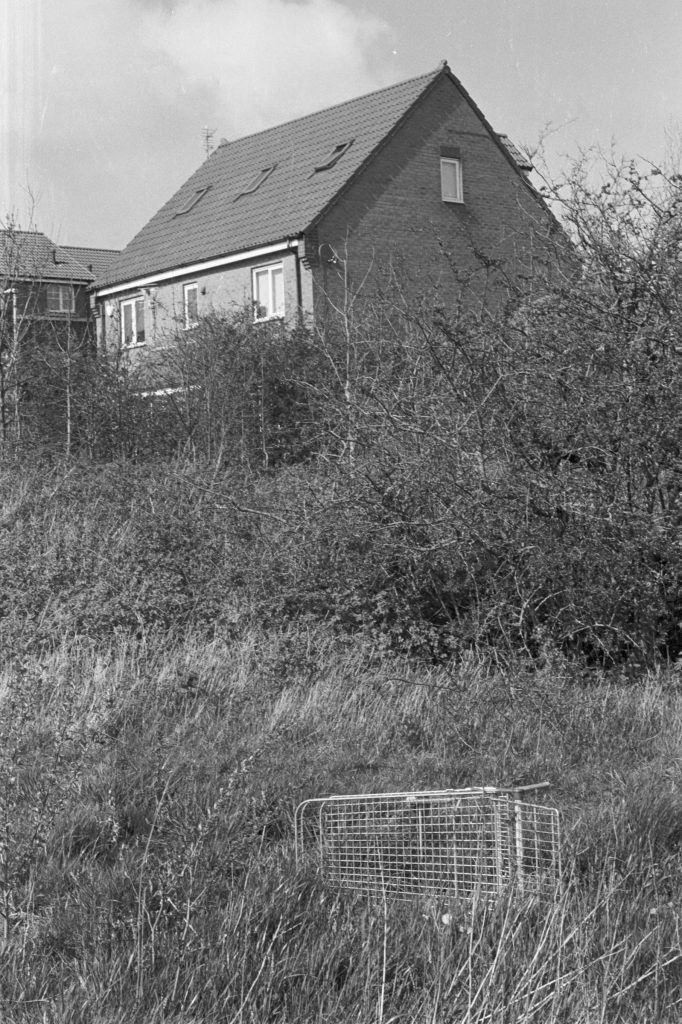
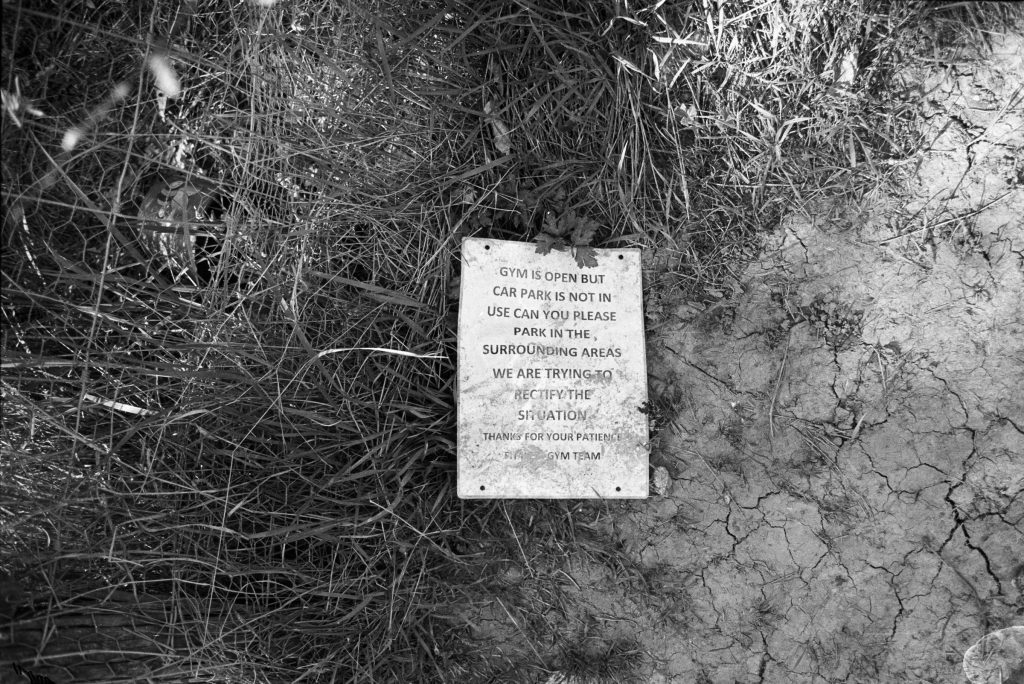
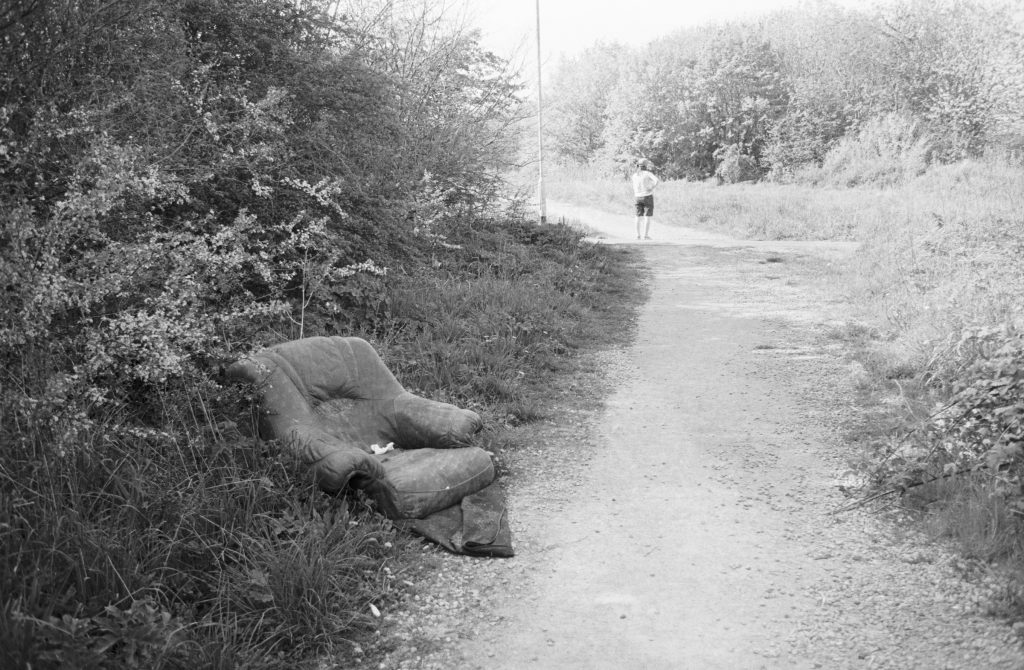
FURTHER READING:
35mmc.com (my article on the same camera)
Christopher J Osborne
Instruction manual at Mike Butkus’ site

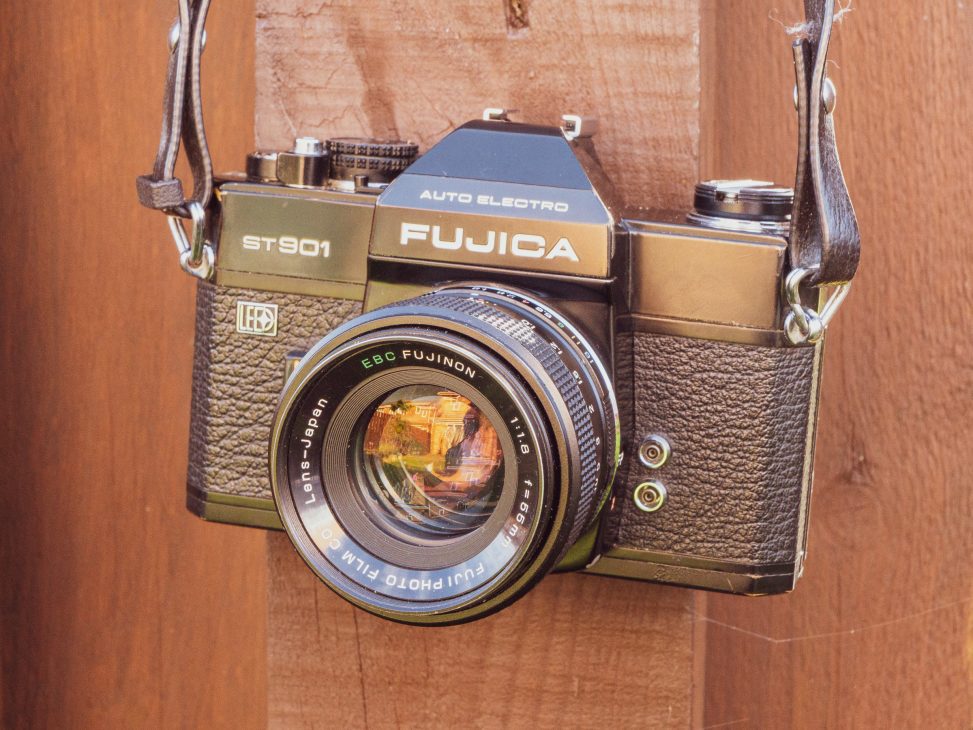
Lisa
I have this camera, the Fujica ST901, but I cannot find the accessory diopter lenses. The Nikon ones do not fit. The circular Nikon ones, I mean. They’re just slightly too big.
Have you got a source for these things?
Thanks very much,
Lisa Davidson.
Christopher Pattison
Hi Lisa,
I am sorry. I have no source to share with you. I know the Fujifilm X-Pro1 used dioptres, but I don’t know if they match the Fujica dioptres.
Chris